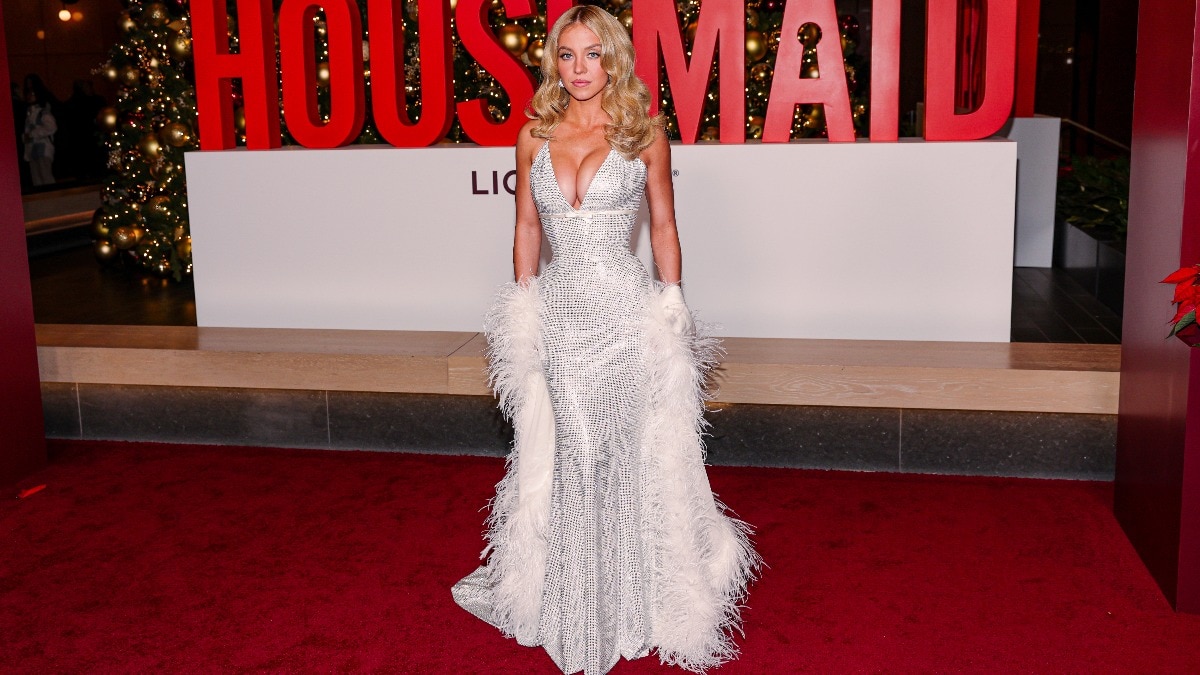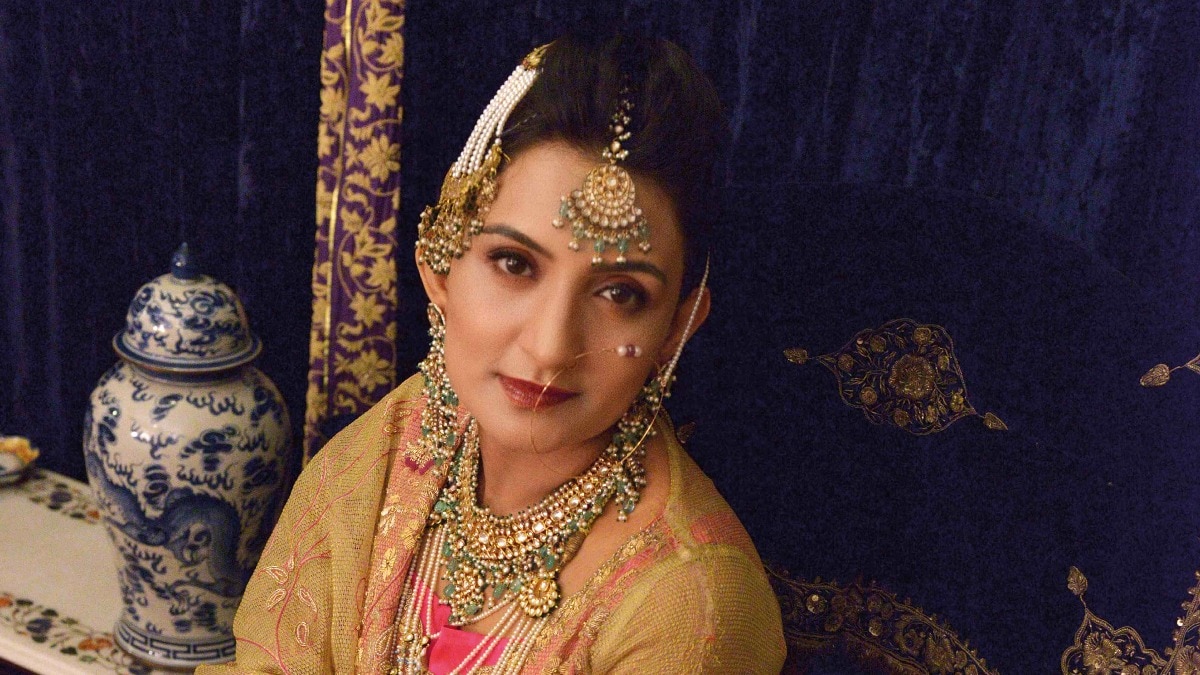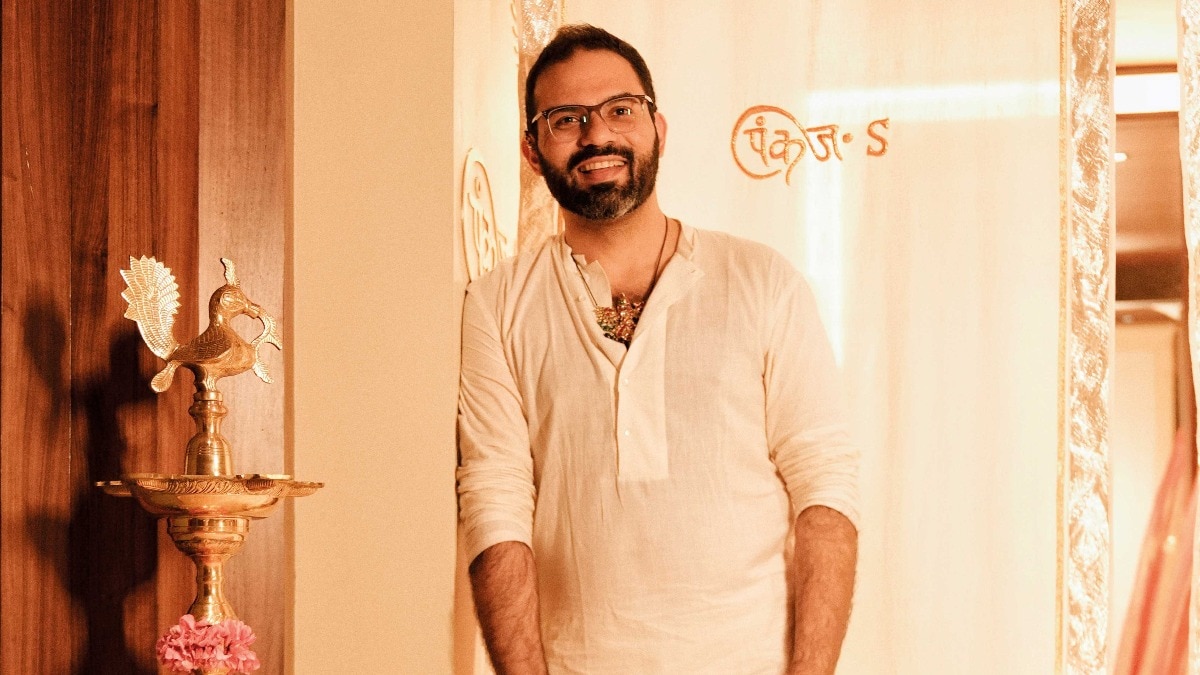- Home
- Fashion
Hyundai India Couture Week 2025's hits and misses


Going to a week of fashion shows can feel like overdosing on any art form: movie after movie, play after play, thriller after thriller. But every once in a while, there’s that one show, which, in all its viral ubiquity, makes you sit up. That’s one of the essential promises of fashion—the one of transformation. It happened last Saturday night, when Tarun Tahiliani showcased his 30th anniversary couture show; a tour de force of a collection within the beige-carpeted environs of the Oberoi Hotel in New Delhi. To the soundtrack of Carmen McRae and Dave Brubeck’s Take Five, came zardosi- and gotta patti-lined jackets, sliced with the precision of an etching. These were worn over brocade blouses folded into razor-sharp silks and cigarette-slim trousers, paired with sequin-embroidered juttis. A sherwani and a saree, bathed in blue ombré, had the ease of pyjamas—both jacketed and bibbed in gold bullion, embroidered with teardrop pearls. Ditto Nehru jackets, gleaming with plush insouciance, which Tahiliani slashed through the thigh of the trousers from mid-pocket to upper knee—turning every step into a game of peek-a-boo.
A series of corseted looks opened the show, with Swarovski crystals dangling like chains. They jounced along as the models shimmied across the runway, evoking the costumes from The Great Gatsby; resembling clusters of modernist Brâncuși sculptures. They were clothes that weren’t ahead of the curve but beyond it. Wear them, and you'd look invincible.
Tahiliani is best known for his saree drapes, but he can tailor a mean jacket and a gown so that they seem distilled to their essence. “I want my women and men to feel light and comfortable,” he said backstage, bowing to the deafening beats of Made in India. He chuckled as he described garment techniques drawn from Russia, Morocco, Mongolia, Uzbekistan, and eras; from the Gilded Age to the Renaissance.
Sometimes all it takes is new perspective to make you rethink the familiar. That was the idea behind a very sharp Rohit Bal show, in which the late designer’s team carried his legacy forward: pagoda-shouldered asymmetric jackets, voluminous angrakhas in creamy whites and jet black, embroidered with lotuses and roses; dhoti pants for all genders paired with leather bomber jackets scrunched like tissue at the waist; and open-toe brogues or patent leather chappals. One extraordinary velvet-red piece with a sweetheart neckline had dioramas appliquéd in three-dimensional blooms—a nod to the Gulistans (Land of Flowers) of Srinagar. Arjun Rampal closed the show, dressed in a black velvet sherwani buttoned to the midriff and embroidered with silver-thread tigers and eagles. The soundtrack? Bal’s favourites, sung by an operatic orchestra.
There were plenty of jaw-dropping moments, but some collections lost their sheen as designers veered into the banal. Rahul Mishra, fresh off his Paris showing, presented a near-repeat: face-framing flowers on a silvery jumpsuit (with Cardi B’s ruby-red version already having went viral), sarees with scalloped hemlines embroidered like pointillist paintings, and models shrouded in chiffon layers. With Hans Zimmer’s Interstellar score pulsing in the background, strobe lights flashing, and wallpapered floors underfoot, it was hard to tell whether Mishra was evoking florals, the cosmos, or staging a magpie mix of spectacle—demanding admiration while bewildering viewers. Tamannaah Bhatia, in a painterly lehenga, provided a brief moment of clarity amid the overload.
Tara Sutaria closed Jajodia’s show in an 18K gold corset that drew all the attention. Jajodia told HELLO! her collection was “all about the idea of whispers of love to myself,” it was hard not to question whether that sentiment held true on the runway. “I’m imagining an enchanted forest,” Varma said, over the phone.
But aside from the extraordinary headpieces—clusters of birds and a face-framing swan—and the paper-sculpted deer and flora that formed the backdrop, coherence was elusive. What followed was maximalist excess: black and gold looks with zigzag patterns that felt like a Ziggy Stardust costume trove.
Manish Malhotra’s “party”—more rave than runway—felt like a celebrity photo op dressed up as couture. Victoria’s Secret supermodel Alessandra Ambrosio walked a Plexiglass runway in a pearl-dripping look that sent social media into a meltdown. Just across the hall at the Taj Palace hotel, Malhotra’s retrospective was on view—a shrine to his greatest Bollywood moments, both cinematic and red carpet. It reinforced the same idea: fashion as flashbulb memory, with clothes sometimes secondary to celebrity orbit.
JJ Valaya’s 33rd anniversary show was an ambitious spectacle that swept through Eastern Europe, Turkey, Morocco, China, Russia, Japan, and India. Think: indigenous ikats sprawled across lehengas and safari dresses; sherwanis, greatcoats, and sheer blouses embroidered in chevrons; tasselled skirts, zari shoes, durags, and turbans. The setting amplified the drama—film projections of nawabs and horseback soldiers from pre-independence Punjab, monks meditating live, and Kathak dancers weaving through the audience. Cricketer Abhishek Sharma and stars like Mugdha Godse, Rahul Dev, Rasha Thadani, and Ibrahim Ali Khan closed the show. “Thirty-three is special, and six is a mystical number for me,” Valaya explained.
No one tackles the idea of clothes as art forms—garments conscious of the body rather than body-conscious—quite like Amit Aggarwal. Known for reshaping silhouette and form, he transformed the body into a scroll bas-relief. There were asymmetric gowns embroidered on ikat and moulded around the torso like painterly swirls. One ovoid charcoal piece, seamless and dart-free, floated and snaked around the body like mist. Aggarwal often gets carried away in realising concept over comfort—sometimes forgetting certain practicalities, like sitting down.
He called it Arcanum—described as “seeing DNA as a living code, an eternal thread linking all life.” The painstakingly crafted garments took over 2,000 hours, each, to make. It wasn’t a call for clarity—but the message was clear: clothes are the costumes we use to express ourselves. Someone should wear one of these on a red carpet soon. When the hackneyed question “What are you wearing?” comes up, just imagine the thrilling conversation that might ensue.



